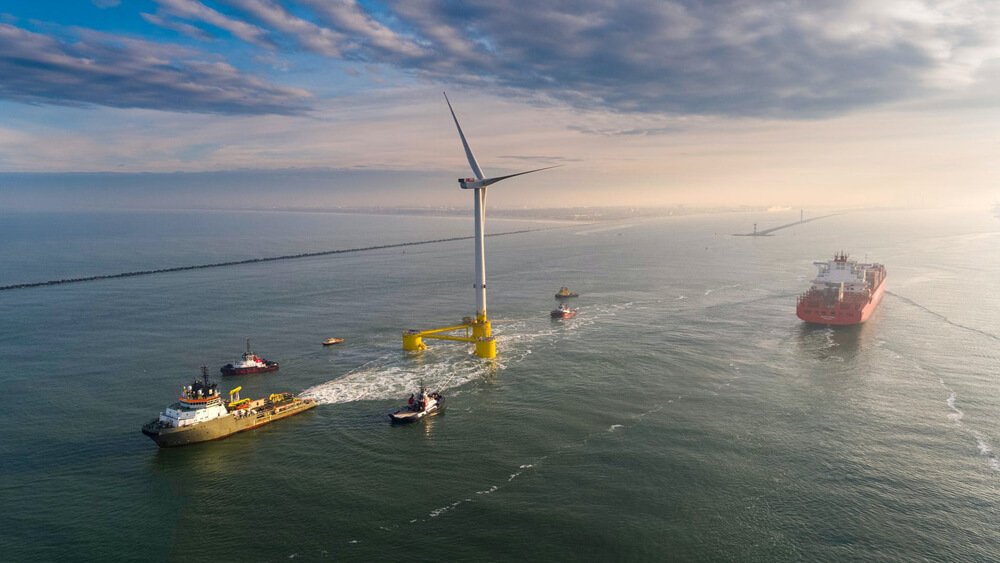
As the global demand for renewable energy continues to grow, floating offshore wind is emerging as one of the key technologies that will help countries across the globe reach their net zero targets.
Companies like Global Maritime, with demonstrable experience of working on offshore projects, are at the forefront of supporting the development of floating offshore wind farms. We’ve already worked on floating offshore wind projects across Europe, the US and the APAC region, and have been involved in many of the industry milestone projects including Kincardine, Hywind and Demosath.
As an experienced player in the industry, we play a key role in helping clients navigate the various aspects of floating wind, from concept to decommissioning, our services support clients from start to finish.
The range of proven technology for floating offshore wind is evolving rapidly and a number of new demonstrator sites have been installed for proving purposes. Global Maritime have worked on some of the new technology with Floater technology companies which has given us valuable insight into crucial aspects of wind farm developments.
One of our key provisions is identifying the most suitable floater technology for offshore wind projects. Each project is unique and presents its own set of challenges when selecting the suitable type of floater.
Determining the optimal floater technology involves a thorough process centred around location specific parameters. Global Maritime’s concept selection process takes into account the turbine’s operational requirements, structural, hydrodynamic and hydrostatic considerations, cable dynamics and mooring system design. Basic floater types, including Spar, semi-submersible, tension leg, and monohull/barge, provide a starting point.
Once a suitable basic concept is identified based on location-specific factors, a concept selection matrix is created. Specialist workshops then evaluate the best available designs, considering water depth, wind turbine size, soil conditions, and environmental factors.
In addition to this, and something that sets us apart, we utilise our internally developed software including discrete-event simulation software, OPSIM and mooring analysis software GMoor Wind, allowing us to accurately simulate the construction of floater technology, launching method, transportation, environmental restraints and sequential restraints ultimately translating all of these variables into financial gains or losses, in order to determine the ideal method for the whole project.
Whilst the emergence of floating offshore wind is a positive step forward for clean energy generation, as with any innovative technology, there remain challenges. For example, the number of planned offshore wind farms pose a big problem as manufacturing and materials are simply not available to build them. Also, the number of service and installation vessels are already in use for oil & gas projects, so there is scarce availability and most of the world’s mooring chain capacity and installation capacity is already used by the same industry.
Addressing these challenges will require collaborative working from across the sector as well as innovation in installation processes and the development of new infrastructure.
Global Maritime have the knowledge, expertise and network to support the industry in addressing these challenges. Navigating the complexity of technology selection requires a comprehensive understanding of the operational parameters, evolving technological landscape, and consideration for environmental impacts.
As floating offshore wind technology continues to evolve, the role of offshore specialists like Global Maritime will become increasingly critical.